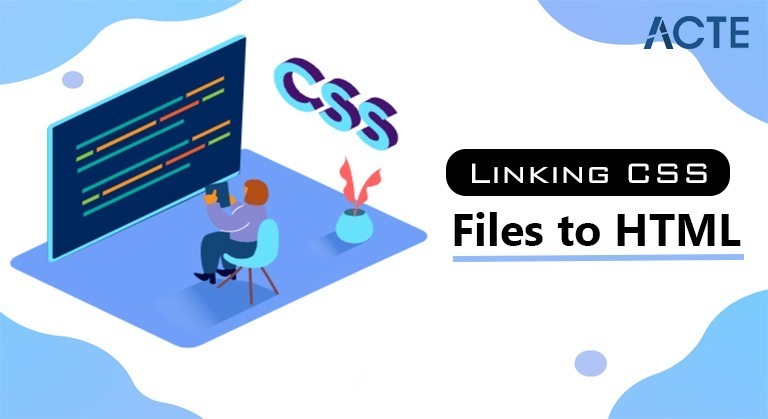
- Introduction of Link a Style Sheet (CSS) File to Your HTML File
- Instructions to Link a Style Sheet (CSS) File to Your HTML File
- Associating a CSS External Style Sheet to an HTML File
- Reasons to Use CSS
- Tip for CSS
- HTML page section element
- External CSS
- CSS margin
- Link to External CSS
- How to add CSS
- Inline CSS
- Conclusion
- CSS stands for Cascade Style Sheet.
- CSS saves a lot of work. You can control the layout of multiple web pages at the same time. What is CSS? Cascade style sheets (CSS) are used to format the layout of web pages. With CSS, you can control
- colors, fonts, text sizes, spacing between elements, element placement and layout, background image or background color to use, different renderings for different devices and screen sizes, and more.
- While there are different methodologies connecting CSS to an HTML record, the most proficient way is to interface an outer template to an HTML report. It requires a different archive with a .css augmentation which exclusively contains all CSS rules without HTML labels.
- Not at all like interior and inline styles, this technique changes numerous HTML pages by altering one CSS document. It saves time – there is no compelling reason to change each CSS property on each site’s HTML page.
- Begin connecting templates to HTML records by making an outside CSS report utilizing an HTML word processor and adding CSS rules. For example, here are the style rules of example.css:
- body {
- foundation tone: yellow;
- }
- h1 {
- shading: blue;
- edge right: 30px;
- }
- <'head>
- <'interface rel="stylesheet" type="text/css" href="example.css" media="screen"/>
- <'/head>
- Whenever you’ve remembered the <'link> component for your HTML record, save the progressions and enter your site’s URL in your internet browser. Styles written in the CSS record should change the vibe of the site.
- Albeit outside CSS assists make the web advancement with handling more straightforward, there are a couple of things to remember HTML pages probably won’t be delivered as expected before the outer template is stacked. Besides, connecting to a few CSS reports can build your site’s stacking time.
- On that note, to alter a particular HTML component, it very well may be smarter to utilize the inline style technique. In the meantime, the inward or implanted style may be great for applying CSS rules to a solitary page.
- Inline
- Use
- style attributes with HTML elements
- Inline CSS
- Inline CSS is used to apply a unique style to a single HTML element.
- Inline CSS uses the style attribute of the HTML element.
- Blue Heading
- Red Paragraph
- The internal CSS is used to define the style of a single HTML page.
- internal CSS is
- inches & lt; head> & lt; style & gt;
- html>
- & lt; html>
- <; Head>
- <; Style & gt;
- Body {Background color: Powder blue;}
- h1
- {Color: Blue;}
- p
- {Color: Red;}
- & lt; / Style & gt;
- <; / Head & gt;
- <; Body>
- This is a heading
- This is a paragraph.
- & lt; / Body & gt;
- <; / html>
- html>
- & lt; html>
- <; head>
- & lt; link rel = “stylesheet” href = “styles.css” & Gt;
- <; / Head & gt;
- <; Body>
- This is a heading
- This is a paragraph.
- & lt; / Body & gt;
- <; / html>
- styles.css:
- Body {
- Background color: Powder blue;
- }
- h1 {
- Color: Blue;
- }
- p {
- Color: Red;
- }
- Using CSS Borders and Border Properties:
- p {
- Borders: 2 pixel plain powder blue.
- Border: 50px;
- }
- & lt; link rel = “stylesheet” href = “/ html /styles.css” & gt;
- External CSS
- Internal CSS
- Inline CSS
- External style sheets allow you to change the look of your entire website with just one file change.
- Each HTML page must contain a reference to an external stylesheet file in & lt; link & gt ;. Elements in the header.
- html>
- & Lt; html & gt;
- & Lt; head & gt;
- & Lt; link rel = “stylesheet” href = “mystyle.css” & gt;
- & Lt; / head & gt;
- & Lt; body & gt;
- This is a heading
- This is a paragraph.
- & lt; / body & gt;
- & Lt; / html & gt;
- “mystyle.css”
- Body {
- Background color: Light blue;
- }
- h1 {
- Color: Navy;
- Remaining Margin: 20px;
- }
- html>
- & Lt; html & gt;
- & Lt; body & gt;
- This is a heading
- This is a paragraph.
- & lt; / body & gt;
- & Lt; / html & gt;
- Inserting CSS rules into HTML components can be tedious and energy-squandering. Fortunately, outside templates make the cycle more productive.
- CSS outer templates are reports containing a rundown of style rules. Interface them to an HTML report, and you’ll have the option to change numerous pages without a moment’s delay, stay away from code bulge, and keep your HTML structure clean.
- We trust that knowing how to connect CSS to HTML effectively will save you time while making a site zero in addition to developing the traffic.
- Assuming you’re intrigued to look further into coding, head to our aide on figuring out how to code.
Introduction of Link a Style Sheet (CSS) File to Your HTML File
Instructions to Link a Style Sheet (CSS) File to Your HTML File
HTML (HyperText Markup Language) and CSS (Cascading Style Sheet) are the principal web advancement dialects. HTML characterizes a site’s substance and construction, while CSS indicates the plan and show. Together, the two dialects permit making a site that is very much organized and utilitarian. CSS characterizes style assertions and applies them to HTML reports. There are three distinct ways of connecting CSS to HTML in view of three unique kinds of CSS styles:
Inline – utilizes the style characteristic inside a HTML component
Inner – written in the <'head> part of a HTML document
Outside – joins an HTML report to an outer CSS document
This article will zero in on outer CSS to an HTML document connecting as it changes the presence of your whole site with only one record. We’ll likewise incorporate a more itemized clarification of CSS and its advantages.
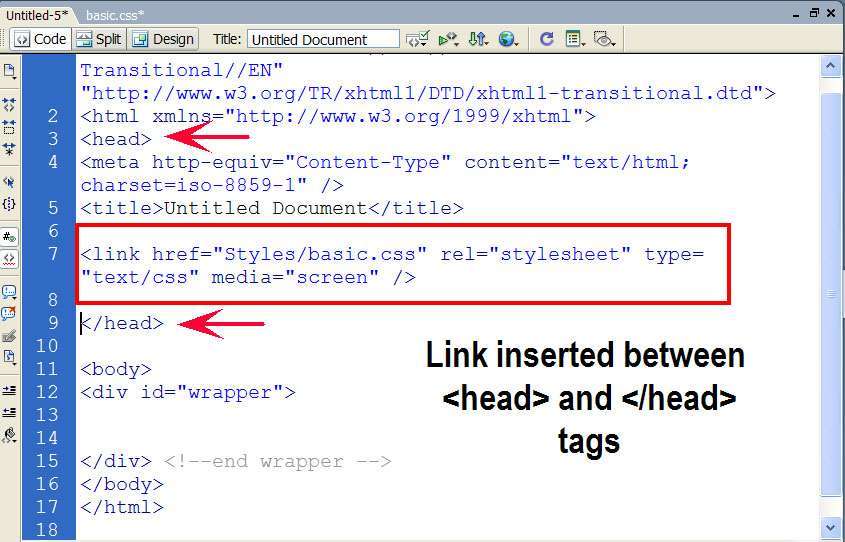
Associating a CSS External Style Sheet to an HTML File
Try not to add a space between the property estimation. For instance, rather than edge right: 30px compose edge right: 30 px. Then, at that point, utilize the <'link> tag in the <'head> part of your HTML page to connect a CSS record to a HTML archive. Then, indicate the name of your outside CSS record. For this situation, it’s example.css so the code will look as follows:
rel – characterizes the connection between the connected archive and the current one. Utilize the real property just when the href trait is available.
type – decides the substance of the connected record or report between the <'style> and labels. It has a text or CSS as the default esteem.
href – determines the area of the CSS document you need to connect to the HTML. Assuming that both HTML and CSS documents are in a similar organizer, enter just the record name. In any case, incorporate the envelope name in which you store the CSS document.
media – depicts the sort of media the CSS styles are upgraded for. In this model, we put the screen as the quality worth to infer its utilization for PC screens. To apply the CSS rules to printed pages, set the worth to print.
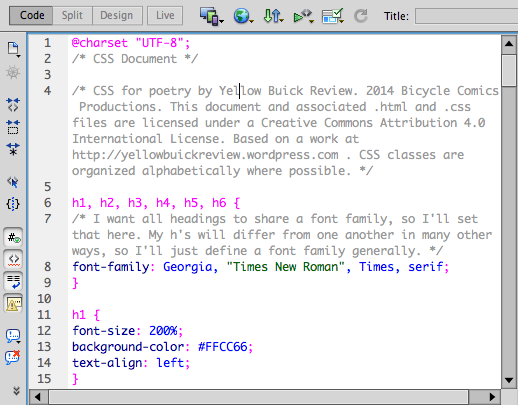
Reasons to Use CSS
CSS is a template language that deals with the site’s visual portrayal. It comprises of a rundown of designing guidelines to style components written in markup dialects like HTML. Likewise, CSS characterizes the showcase of HTML components on different media types, for example, projected introductions or TV-type gadgets. Whenever a program observes a template, it’ll change over the HTML document as per the given style data. Henceforth, it’s essential to interface CSS to an HTML document to give your site a really captivating look across gadgets.
Different advantages from connecting a CSS record to an HTML archive are:
Consistent design. Keeps up with arranging and plan consistency all through the site. A solitary change on CSS rules can be applied all around to various regions of a site.
Faster loading time. It just requires a solitary CSS document to style all HTML records. With fewer strings of code, a site can stack quicker. The site will likewise reserve the CSS record for your guests’ following visit.
Improve SEO. Putting away CSS styles in another document makes the HTML record more compact and coordinated. Thus, the site will have a cleaner and more lightweight code, which brings about better crawlability via web search tools.
Then again, CSS has a few detriments, for example:
Comes on various levels. The CSS template has three levels. Such various structures can be befuddling, particularly for novices.
Similarity issues. Some templates probably won’t chip away at specific programs as various programs read CSS in an unexpected way. Use CSS and HTML code validators to keep away from these issues.
Helpless against assaults. The open-source nature of CSS can expand the danger of cyberattacks. For instance, an individual with admittance to the CSS record may compose noxious code or take private information. In any case, appropriate security practices can forestall this issue.
All things considered, CSS assumes a significant part while planning a site. It controls the arranging of different components on a site page, for example, text styles, foundation tones, and article positions. With the right utilization of CSS and HTML, a site can give an upgraded client experience.
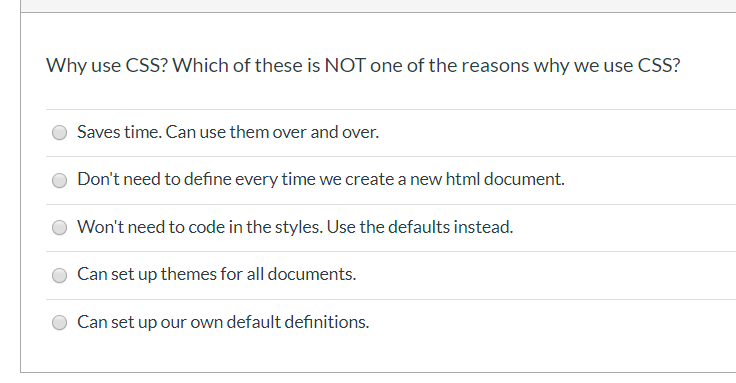
Tip for CSS:
The word cascading means that style applied to a parent element also applies to all child elements within the parent element. Therefore, if you set the body color to blue, all headings, paragraphs, and other text elements in the body will be the same color (unless otherwise specified). Using CSS You can add CSS to your HTML document in three ways:
Used internally & lt; Style>. & Lt; Element section head> items above & lt; External link to external CSS file Link & gt;. The most common way to add CSS is to keep the style of the external CSS file. However, this tutorial uses inline and internal styles because it is easy to demonstrate and you can try it yourself.
The following example sets the text color of the element to blue and the text color of the element to red.
Example
Internal CSS
HTML page section element
The following example sets the text color of all items (on this page) to blue and the text color of all items to red. It also renders page with a “powder blue” background color.
External CSS
External stylesheets are used to define the styles of many HTML pages. To use an external stylesheet, & lt; head> section of each HTML page:
External stylesheets
External stylesheets can be written in any text editor. The file must not contain HTML code and must be saved with a .css extension. The styles.css file looks like this:
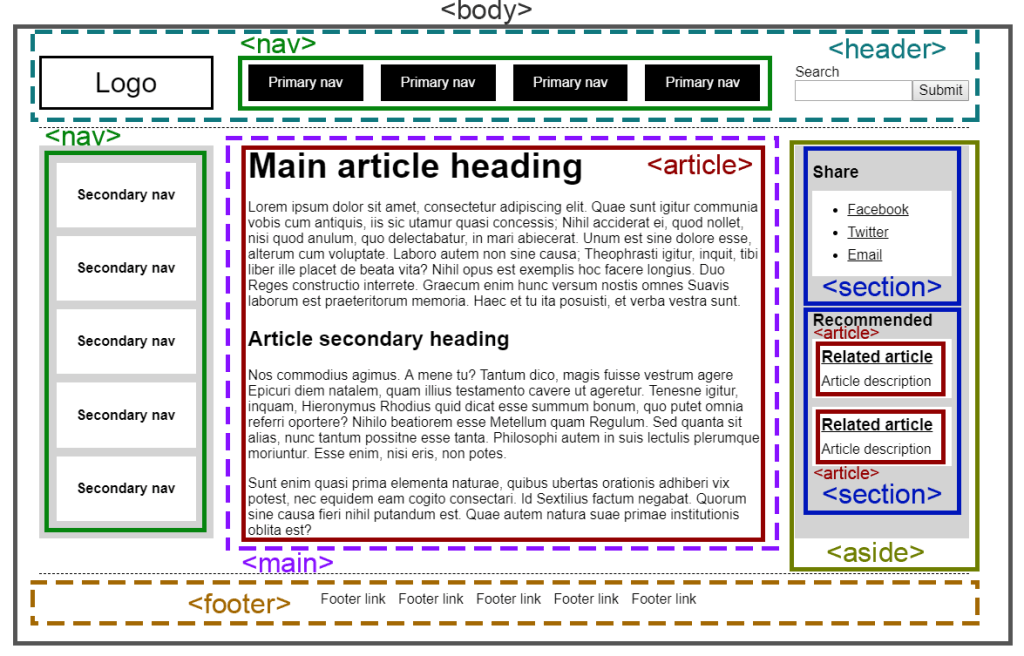
CSS margin
The CSS Margin property defines the margin outside the border.
Link to External CSS
External stylesheets can be referenced by the full URL or relative path from the current web page.
Example
This example links to a stylesheet in the HTML folder of the current website. I am.
Example
This example links to a stylesheet in the same folder as.
How to add CSS
When the browser reads the stylesheet, the HTML document is formatted according to the information in the stylesheet. Three ways to insert CSS. There are three ways to insert a style sheet:
External CSS
External styles are displayed in & lt; links & gt; elements in & lt; head & gt; Section of HTML page:
External stylesheets can be written in any text editor and must be saved with a .css extension. HTML tags cannot be included in external .css files.
The “mystyle.css” file looks like this:
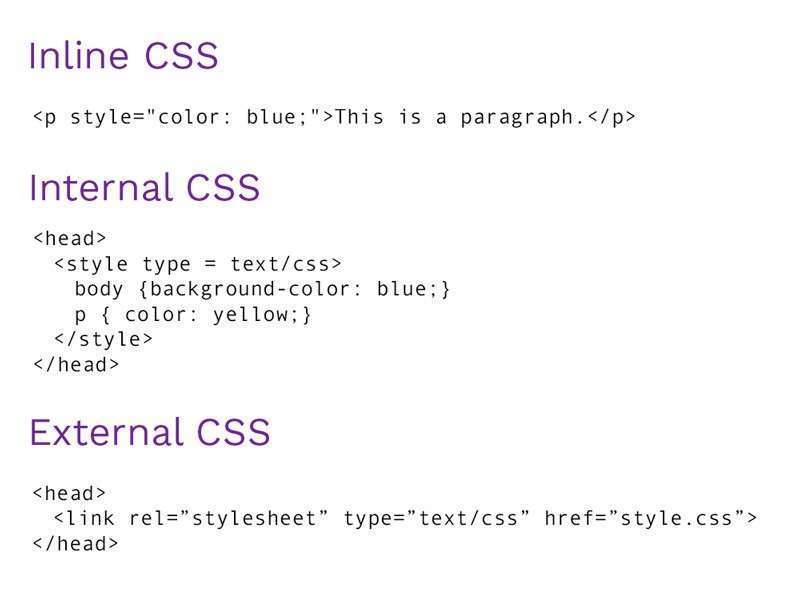
Inline CSS
You can use inline styles to apply a unique style to a single element. To use inline styles, add style attributes to the relevant elements. The style attribute can contain any CSS property.
Inline styles are defined within the “style” attribute of the associated element:






